The ARW or Adjustable Rear Wing is a novel concept that will be introduced in the 2011 season. Teams and drivers are already testing their systems in the pre-season tests and while the wing does seem interesting at work, there are a few doubts and concerns that have been raised and yet to be addressed.
Before I move on and explain my thoughts, let me first dwell on why this concept of the ARW came into being. Overtaking as we all know is extremely difficult in Formula1. The main cause for the lack of overtaking is the heavy dependence on aerodynamics in a modern day Formula1 car. Due to the nature of design, the car following suffers from imbalance every time it drives into the wake of a car in front. This imbalance is what makes the front of the car twitchy and hence it is difficult for two cars to follow each other closely. Keep an eye for this next time you see two cars following each other closely.
Overtaking is also most sought after in Formula1. Fans love it, teams and drivers are chasing it like no other simply because it is difficult to overtake in Formula1. Most changes in car design in the last few years have been recommended keeping in mind ‘overtaking’. Infact, there is an ‘Overtaking Working Group’ in Formula1 – that comprises top F1 engineers and design specialists, whose job is to make F1 cars ‘overtaking friendly’.
The last two seasons saw the introduction of the ‘adjustable front wing flaps’ that were controlled by the drivers. This movable wing was to let the driver increase the ‘angle of attack’ and hence increase front end downforce, every time he was in the wake of another car. While the wing did seem innovative, it failed to work and increase overtaking on track. Infact, teams used this wing to adjust the balance of the car in accordance to their tyre wear. So while the wing worked, it didn’t serve its purpose.
To counter this problem, the OWG then suggested a movable rear wing and hence the ‘Adjustable Rear Wing’. The ARW means that the driver now has the power to adjust the rear wing angle by pressing a button on his steering wheel. The button would change the angle of the flap and reduce its angle to the ground – it will make it almost parallel. The permissible limit for the wing movement is 50mm.
The wing when adjusted reduces the drag coefficient of the car and hence allows it to go faster on the main straight. The car loses unwanted downforce and uses its engine power to slingshot down the main straight. Many have asked if the car would become unstable in the rear due to the reduction of the downforce, but one must remember that to travel in a straight line, an F1 car needs little or no downforce. (Remember the flat wings in Monza?)
An innovative little thing, you think? Yes, of course. But I think it is potentially the most confusing aspect that F1 fans might witness in 2011. And why would it be confusing?
Here are a few thoughts:
- Drivers have complained of too many buttons on the steering wheel. However, leaving the driver’s worries aside, the fans will now have to follow on-track action even more closely. I doubt if the change in wing angles will be visible to the naked eye at those supersonic speeds, but I can imagine Steve Slater yelling on the Star Sports network ‘and he’s on the button, he’s activated the rear wing’ – it would also be possible that before he finishes his statement the on-track action will be over.
- Are both cars allowed to use the ARW? If I am leading and you are following, are both of us allowed to use our ARW? This ambiguity is something I haven’t been able to find an answer to. The logical answer would be no, if both of us use the wing, then there is no disparity in the cars and if both cars lose equal drag, then overtaking will only be as difficult.
- The implementation of the ARW is not thought through. The following car will be allowed to use the ARW only when it is one second behind the car ahead. This will be electronically managed by the FIA and Race Control. Again, tremendous ambiguity here – what if the remote trigger doesn’t activate the ‘green signal’ in the cockpit to indicate the driver that he can now use the ARW? And how are fans supposed to know the time difference between both cars?
- The ARW will be free to use in practice and qualifying, which is good, however, during the Grand Prix the usage will be permitted only after the first 2 laps. I still can’t understand the logic behind the delayed use in a GP.
- There will be an area demarcated on track (about 600 metres long) where the ARW will be allowed to be used. Again, what’s the point of creating a boundary for usage? If the OWG believes in the ARW, why not have it running at the driver’s discretion? Are they worried that overtaking might become ‘too easy’?
- The ARW is supposed to resume its normal position once the driver hits the brake or presses the ‘activate’ button for the second time. What if there is a malfunction and the wing doesn’t resume its original configuration? (We have seen rear wing failures at high speeds in the past; they are more dangerous than front wing failures. The ARW should not compromise safety at the expense of overtaking)
I am not against innovative technology in Formula1. I just think that the stakeholders of the sport make its implementation extremely complex for the F1 fans.
Photos Alex Comerford
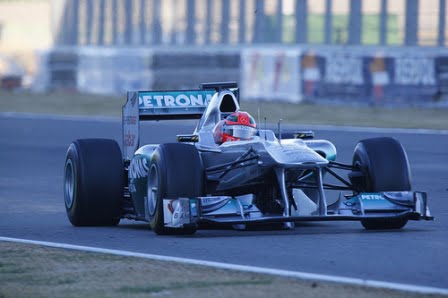
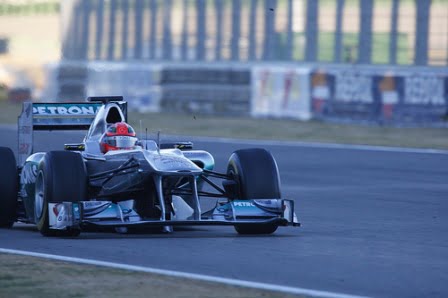
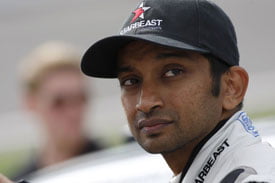
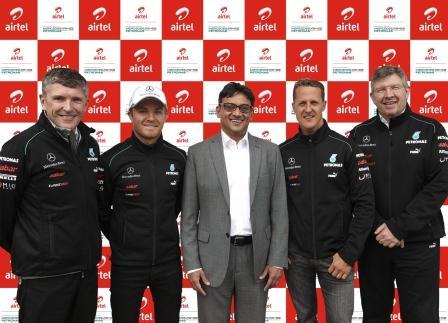
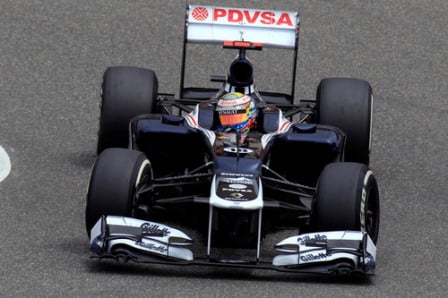











4 comments On Adjustable Rear Wing or Ambiguous Rear Wing
Well written mate :D…you ve simplifed the complex sport of F1 for us..cheers 😀
Thank you, this helped a lot.
Great Information…
Thanks Jiten! Keep reading, keep racing!